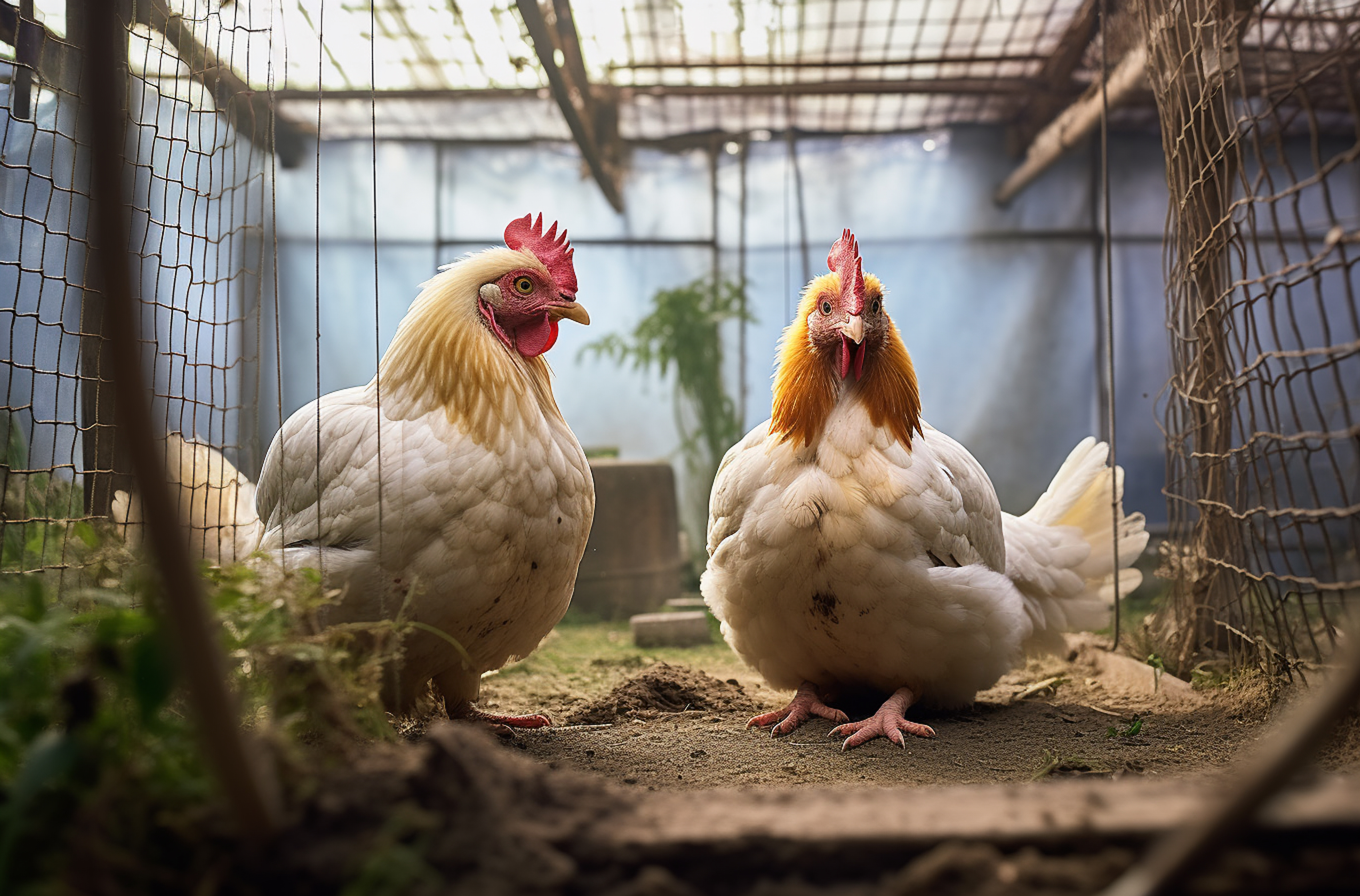Chicken Layer Cage Project
Chicken Layer Cage Project
Overview
The Chicken Layer Cage Project is an intensive poultry farming initiative designed to maximize egg production by housing laying hens in specially designed cages. This project focuses on efficient space utilization, optimized feeding practices, and the health and productivity of the hens. The primary goal is to produce high-quality eggs while ensuring the well-being of the chickens in a controlled environment.
Objectives
- Maximize Egg Production: The project aims to increase egg yield through optimal management practices, ensuring that each hen produces the maximum number of eggs possible.
- Improve Space Utilization: By using layer cages, the project seeks to house a large number of chickens in a limited space, making it suitable for both small-scale and large-scale operations.
- Ensure Chicken Welfare: The design of the cages ensures that hens have access to food and water while maintaining their health and reducing the risk of diseases.
Cage Design and Setup
- Cage Structure: The cages are typically made from galvanized steel to prevent rust and ensure durability. Each cage is divided into compartments, each housing 4-8 hens, depending on the size of the cage.
- Feeding System: An automated or semi-automated feeding system runs along the length of the cages, delivering a balanced diet directly to the hens. This ensures uniform feeding and reduces wastage.
- Watering System: A nipple drinking system provides clean water to the hens, minimizing water spillage and ensuring hygiene.
- Manure Collection: The cages are designed with a sloped floor that allows manure to fall through to a collection tray or belt below, which can be easily removed and used as fertilizer in agricultural fields.
Housing and Environmental Control
- Ventilation: Proper ventilation is crucial to maintain a healthy environment. The cages are housed in well-ventilated buildings with fans or natural airflow to regulate temperature and humidity.
- Lighting: Artificial lighting is used to extend daylight hours, stimulating egg production. A controlled lighting schedule ensures the hens receive the right amount of light to optimize laying patterns.
- Biosecurity: Strict biosecurity measures are implemented to prevent the spread of diseases. This includes controlling access to the farm, regular health checks, and proper sanitation practices.
Management Practices
- Feeding: A high-quality feed rich in proteins, vitamins, and minerals is provided to support egg production and maintain the hens’ health.
- Health Monitoring: Regular health checks and vaccinations are conducted to prevent diseases and ensure the well-being of the hens.
- Record Keeping: Detailed records of egg production, feed consumption, health status, and mortality rates are maintained to monitor the efficiency of the operation and make necessary adjustments.
Economic Considerations
- Initial Investment: The initial cost includes purchasing cages, constructing housing, and setting up feeding and watering systems. This is a capital-intensive phase but essential for long-term productivity.
- Operational Costs: These include feed, water, electricity, labor, and veterinary services. Efficient management practices can help reduce these costs and improve profitability.
- Revenue Generation: Revenue is primarily generated through the sale of eggs. The project can also generate additional income by selling manure as organic fertilizer.
Sustainability and Environmental Impact
- Waste Management: Proper disposal and utilization of manure reduce environmental pollution and provide organic fertilizer for crops.
- Energy Efficiency: Implementing energy-efficient systems for lighting and ventilation can reduce operational costs and minimize the project’s carbon footprint.
- Sustainable Practices: The project encourages the use of sustainable practices, such as recycling water and using renewable energy sources, to reduce the overall environmental impact.
Challenges and Solutions
- Disease Management: Implementing strict biosecurity measures and regular health monitoring helps in early detection and prevention of diseases.
- Cost Management: Careful budgeting and efficient resource management are crucial to keep operational costs in check and ensure profitability.
- Market Fluctuations: Diversifying income streams, such as selling manure, can help mitigate the impact of market fluctuations on egg prices.
Conclusion
The Chicken Layer Cage Project is a highly efficient and scalable model for egg production. With proper management practices and a focus on sustainability, this project can be a profitable venture while also contributing to food security and rural development.
